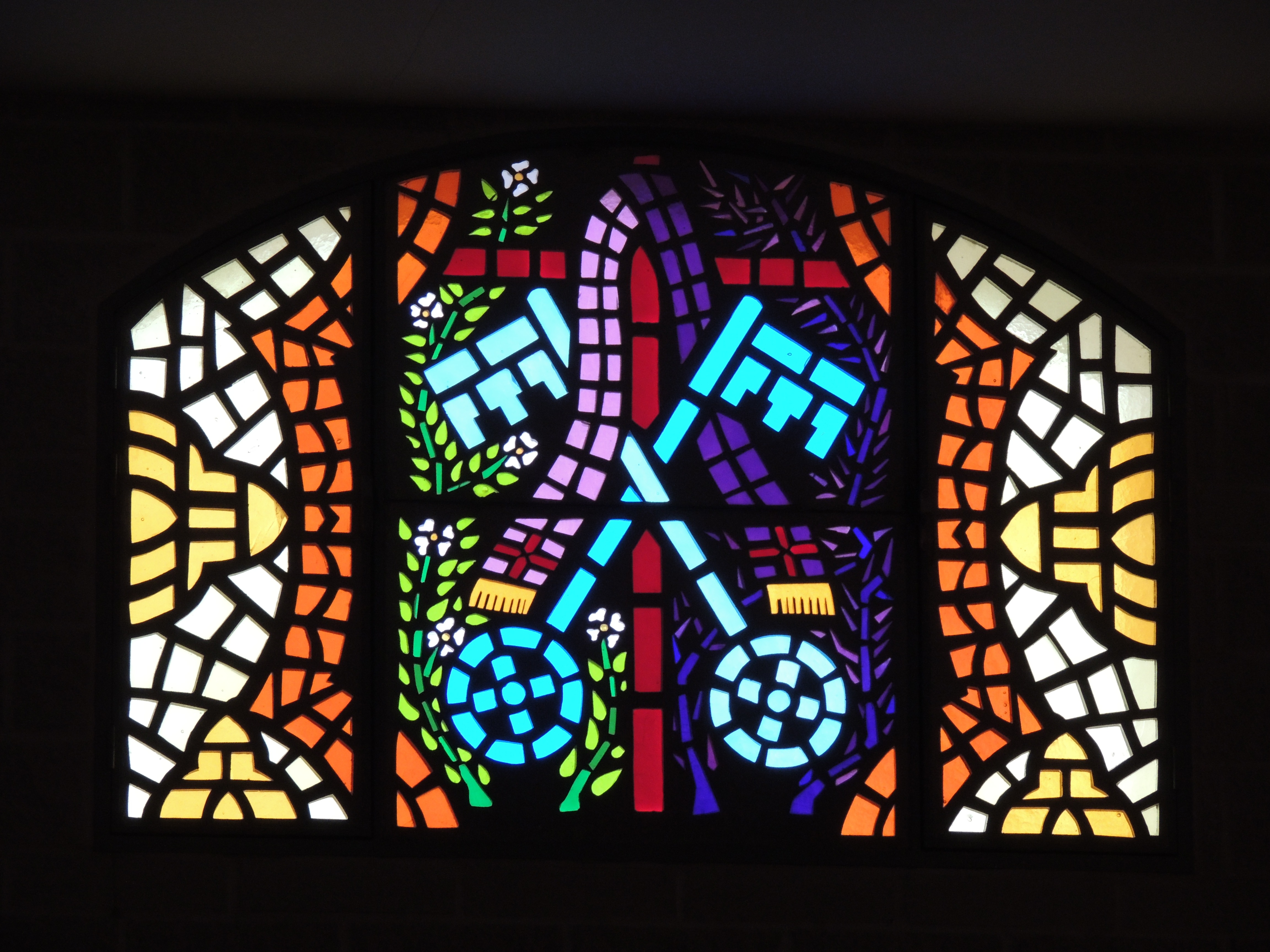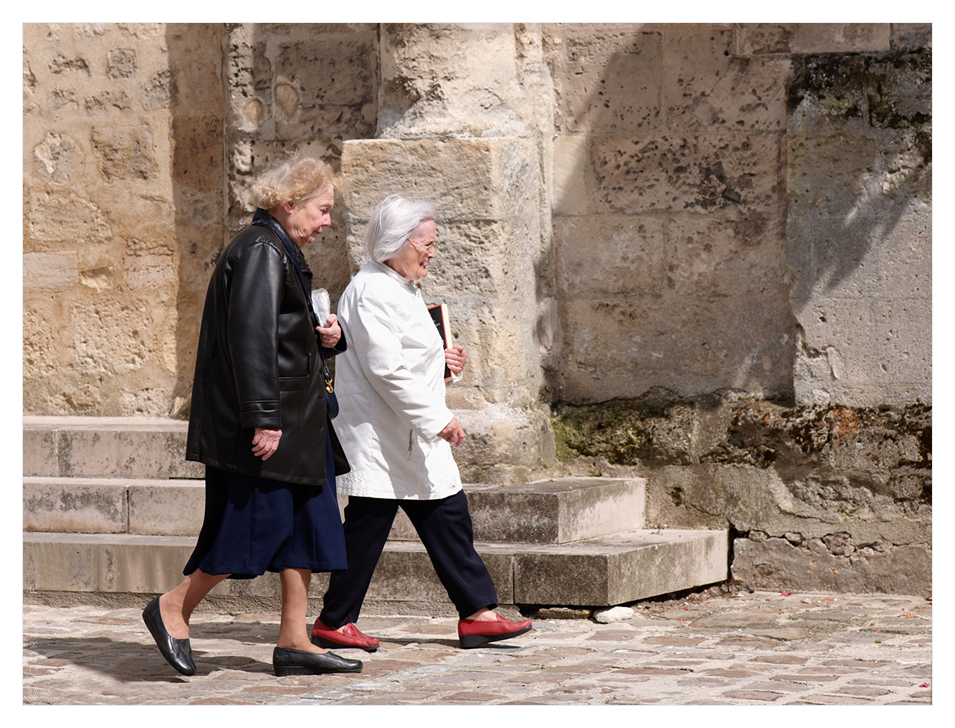This week marks the 14th World Youth Day. St. John Paul II established World Youth Day in 1986, out of concern for the world’s young people:
In his homily, John Paul II explained to young what according to his plan the World Youth Day should be, both in diocesan and international dimension. He said: “Today you are here again, dear friends, to begin in Rome, in St. Peter’s Square, the tradition of World Youth Day, the celebration to which the entire Church is invited. (…) World Youth Day means just this, going to encounter God, who entered into the history of man by means of the Paschal Mystery of Jesus Christ. He entered in a way that cannot be undone. And he desires to meet you above all.”
In 1995, St. John Paul II met the youth of the world in Manila. Four million strong, the young people heard the pope exhort them with the message that they were to be Christ’s messengers to the world.
World Youth Day 2016 is set in Krakow, Poland – very fittingly, as this was where St. John Paul II came of age and was eventually (and secretly, due to World War II) ordained. Pope Francis meets the pilgrims of this World Youth Day with the message of mercy in this Year of Mercy. The pilgrims will have three days of catechesis, along with praying the Way of the Cross, a vigil with Pope Francis and the final Mass. The pilgrims have been encouraged to prepare for World Youth Day by Scripture study, prayer and reflection on questions such as: “Do you live or do you only vegetate?” and “Do I trust in the Word of God about His unwavering love to me…?” Even the event’s logo is rich in meaning: a cross laid over an outline of the map of Poland and the flame of God’s mercy.
Krakow has been deemed the “City of Saints,” having been home to St. Stanislaw, St. Jadwiga, St. Faustina and St. John Paul II, among others. In opening this World Youth Day, Cardinal Stanislaw Dziwisz, Archbishop of Krakow, welcomed the pilgrims:
As WYD Krakow 2016 is about to start, Cardinal Stanislaw Dziwisz appeals to the young pilgrims: “You will feel endangered by the society you did not choose. But, you’re still a part of it. This means you still have responsibility to be a part of the solution.”
Let us keep the pilgrims in our prayers that they may be safe as they travel, that they may come away spiritually enriched by this pilgrimage. and that we may all learn from their example of being willing to go where God has called them. This is the official prayer of World Youth Day 2016:
God, merciful Father,
in your Son, Jesus Christ, you have revealed your love
and poured it out upon us in the Holy Spirit, the Comforter,
We entrust to you today the destiny of the world and of every man and woman”.
We entrust to you in a special way
young people of every language, people and nation:
guide and protect them as they walk the complex paths of the world today
and give them the grace to reap abundant fruits
from their experience of the Krakow World Youth Day.
Heavenly Father,
grant that we may bear witness to your mercy.
Teach us how to convey the faith to those in doubt,
hope to those who are discouraged,
love to those who feel indifferent,
forgiveness to those who have done wrong
and joy to those who are unhappy.
Allow the spark of merciful love
that you have enkindled within us
become a fire that can transform hearts
and renew the face of the earth.
Mary, Mother of Mercy, pray for us.
Saint John Paul II, pray for us.
Saint Faustina, pray for us.



